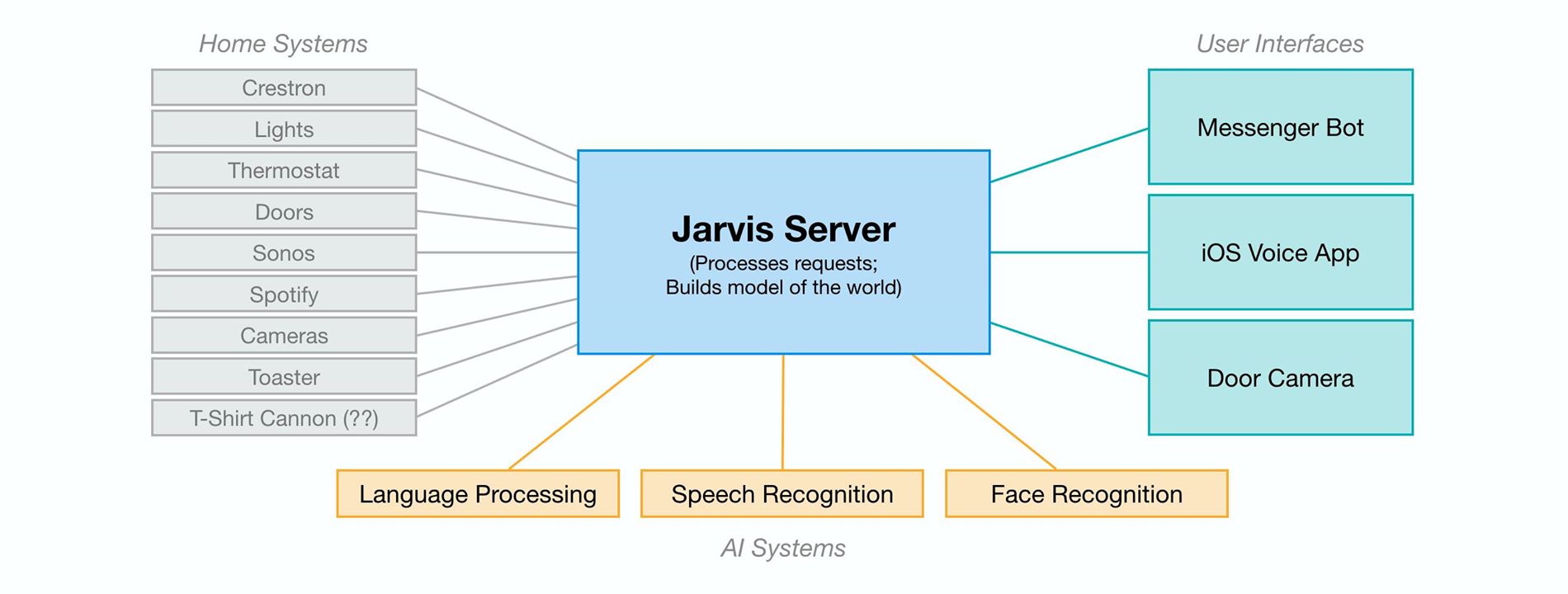Zillow, an online marketplace, conducted a study to show the top 10 housing markets for empty nesters in the U.S.
As it turns out, the pricey markets and places with weak labor markets have the highest concentrations of empty nests, the report, which is based on the most recent U.S. Census Bureau data from 2015, shows.
And the lowest densities of empty nesters are found in booming cities with strong job markets, retirement communities and new family-oriented areas.
In other words, this study by Ellie Mae which shows where Millennials flock will be the last places you might find empty nesters. And you can count metros in Florida and California off the list as well.
Empty nests are homes where the heads of the household are 55 years or older, own the home and have lived in it 10 or more years; there are no children of any age living in the home. These homes are gaining ground as the Baby Boomers age, rising to 15.5% of all households in 2015.
Here are the top 10 metros with the highest percentage of empty nesters:
10. Baltimore, Maryland – 17%
9. Louisville, Kentucky – 17.2%
8. Virginia Beach, Virginia – 17.4%
7. Detroit, Michigan – 17.9%
6. Philadelphia, Pennsylvania – 18.2%
5. Birmingham, Alabama – 18.3%
4. Richmond, Virginia – 18.6%
3. Cleveland, Ohio – 19.4%
2. Buffalo, New York – 20.1%
1. Pittsburgh, Pennsylvania – 20.2%
read more…











